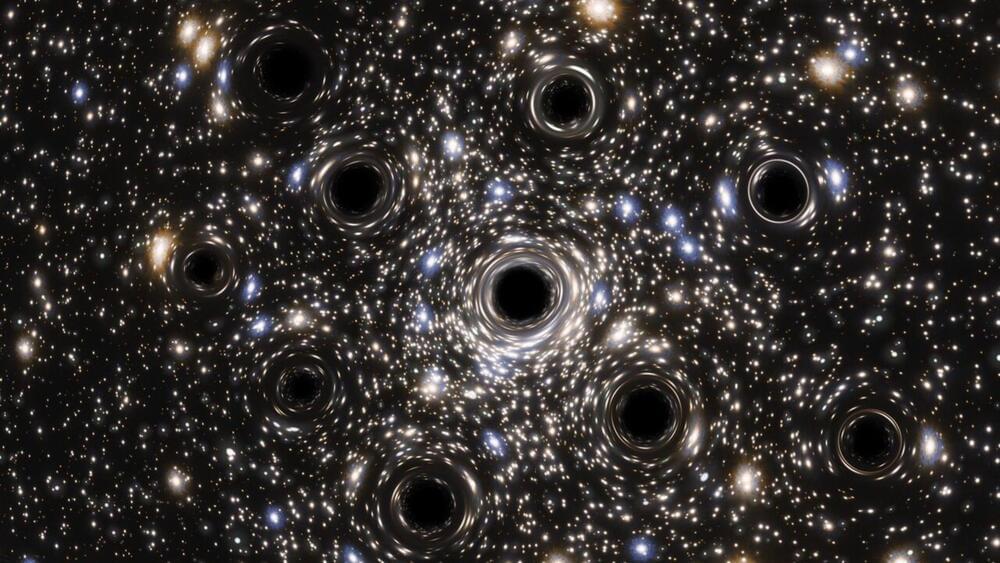These tiny black holes lose mass faster than their massive counterparts, emitting Hawking radiation until they finally evaporate.
One of the most intriguing predictions of Einstein’s general theory of relativity.
When a sufficiently massive star runs out of fuel, it explodes, and the remaining core collapses, leading to the formation of a stellar black hole (ranging from 3 to 100 solar masses).
Supermassive black holes also exist in the center of most galaxies.
So far, astronomers have captured images of two supermassive black holes: one in the center of the galaxy M87 and the most recent in our Milky Way (Sagittarius A*).
But it’s believed that another kind of black hole exists – the primordial or primitive black hole (PBHs). These have a different origin to other black holes, having formed in the early universe through the gravitational collapse of extremely dense regions.
Theoretically, these primordial black holes can possess any mass and may range in size from a subatomic particle to several hundred kilometers. For instance, a PBH with a mass equivalent to Mount Everest could have the size of an atom.
